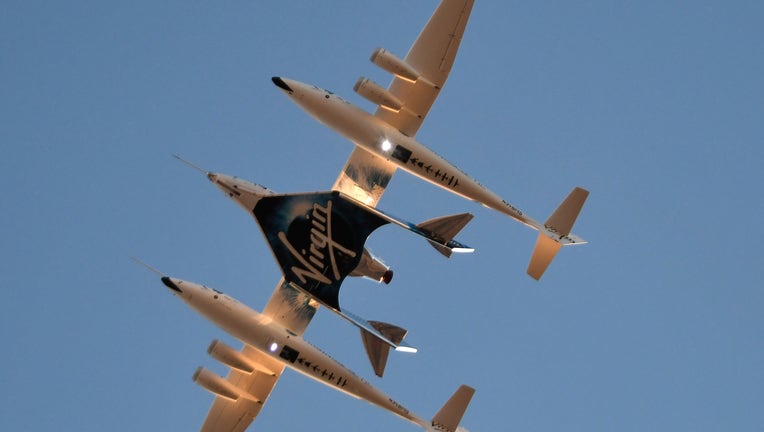Virgin Galactic says test flight problem identified

Virgin Galactic's SpaceshipTwo takes off for a suborbital test flight of the VSS Unity on December 13, 2018, in Mojave, California. - Virgin Galactic marked a major milestone on Thursday as Unity made it to a peak height, or apogee, of 51.4 miles (82
LOS ANGELES - Virgin Galactic said Thursday it has completed analysis of why its spacecraft’s rocket failed to ignite during a test flight over New Mexico last month and work to fix the problem has begun.
"Once the corrective work has been implemented and verified, we will confirm our pre-flight timeline for the next test flight and share expected dates for when the flight window will open," the company said in a brief statement.
The statement did not detail what went wrong. At the time of the incident, Virgin Galactic said the onboard computer monitoring the rocket motor lost connection, triggering a fail-safe scenario that halted ignition.
The spacecraft, with two pilots aboard, was released from its mothership at high altitude on Dec. 12 on what was supposed to be its first flight into space from Spaceport America in southern New Mexico, where the company plans to begin commercial operations.
The spacecraft instead glided to a safe landing.
The spacecraft made two previous suborbital space flights over the Southern California desert, where it was developed and built.

